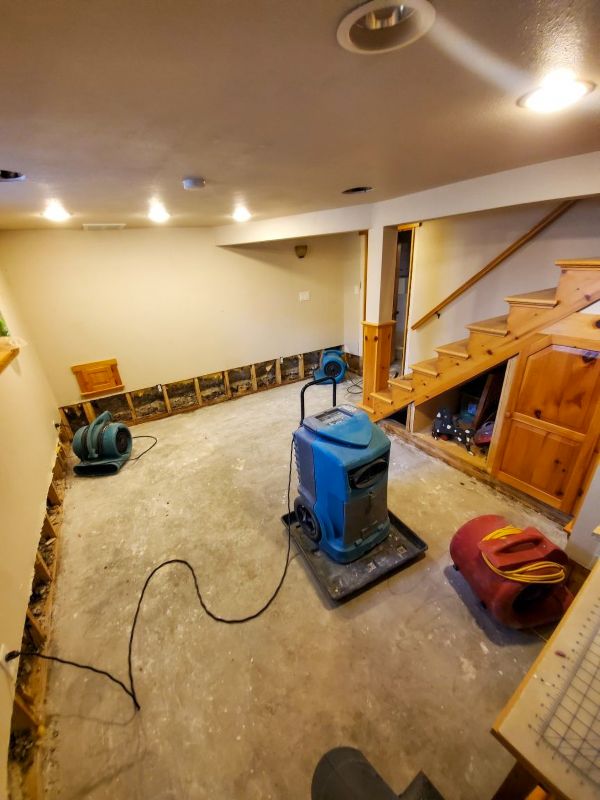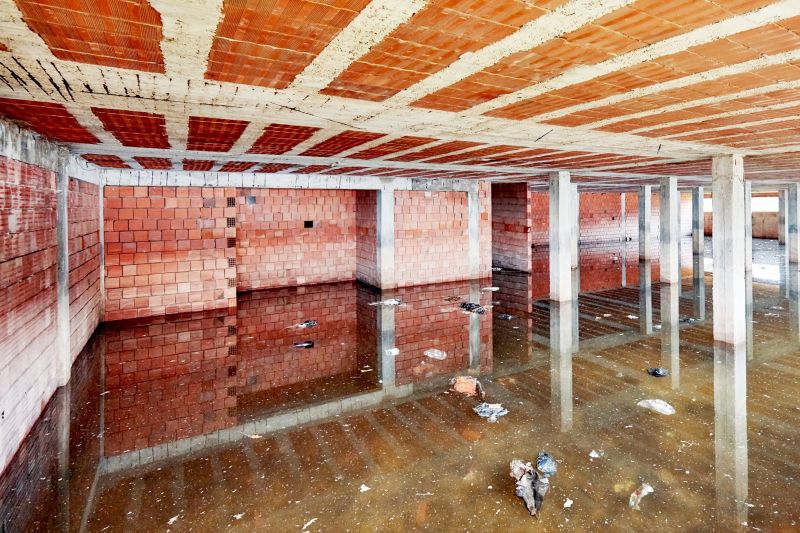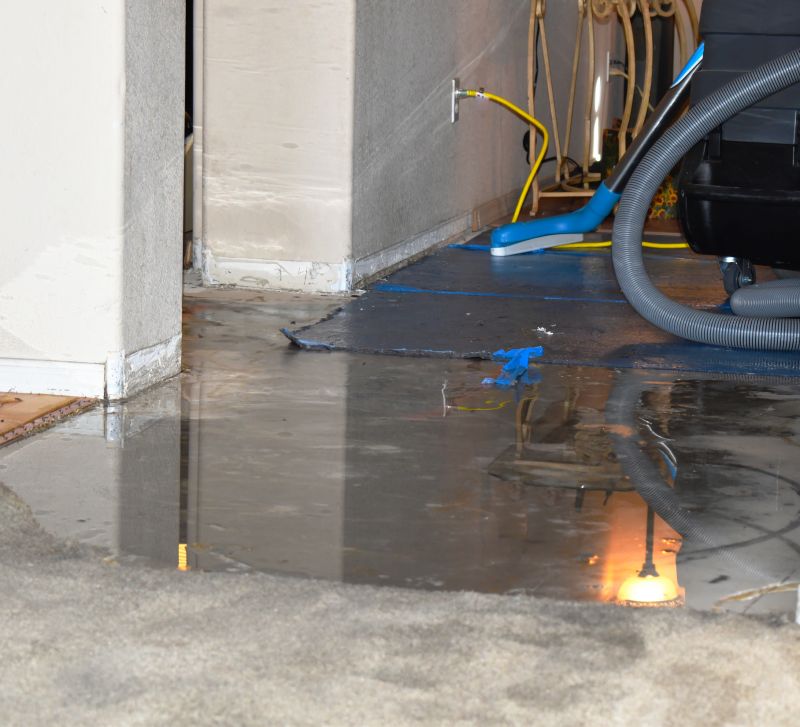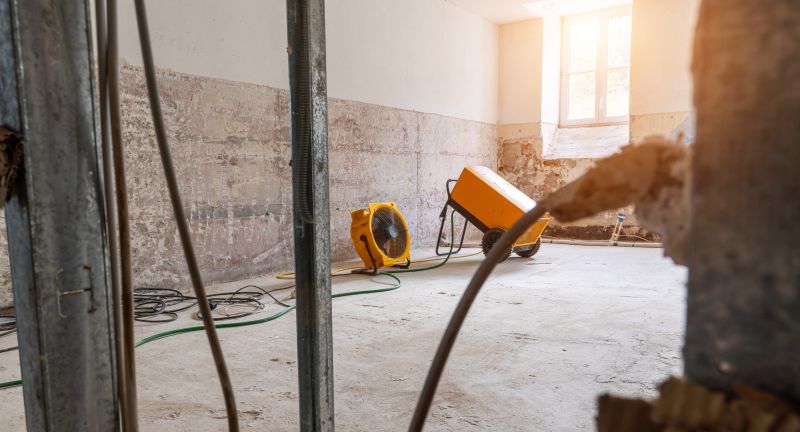Flooded Basement Cleanup Timing Guide
Flooded basement cleanups are critical for restoring safety and preventing further damage after water intrusion. Timely intervention can reduce mold growth, structural deterioration, and property loss. Understanding the optimal timing for cleanup is essential to ensure effective mitigation and minimize long-term costs.
The ideal time for cleanup is immediately after flooding occurs. Prompt action limits water damage, reduces mold risk, and prevents secondary issues. Waiting too long can lead to increased costs and health hazards.
Addressing flooding quickly minimizes structural damage and mold growth. Early cleanup can also reduce the spread of contaminants and ensure a safer environment.
Flood cleanup timing may vary with seasons. For example, spring and fall floods often require rapid response due to unpredictable weather, while winter flooding may involve additional challenges like frozen pipes.
Heavy rains and storms increase flood risks, making early preparedness and swift response vital. Dry periods are preferable for thorough cleanup and drying procedures.

Professional water extraction minimizes residual moisture and prepares the space for drying.

Effective drying prevents mold growth and structural damage after flooding.

Early intervention helps control mold development and maintains indoor air quality.

Evaluating damage ensures safety and guides necessary repairs.
| Season | Flood Cleanup Considerations |
|---|---|
| Spring | High flood risk; prompt response crucial |
| Summer | Rapid response needed during storms |
| Fall | Prepare for seasonal storms and flooding |
| Winter | Challenges include frozen pipes and snowmelt |
| Dry periods | Optimal for thorough cleanup and drying |
Flooded basement cleanups involve multiple steps to restore safety and prevent long-term damage. Initial water extraction is followed by thorough drying, mold prevention, and structural assessments. Proper timing ensures these processes are effective, reducing health risks and property deterioration. Statistics indicate that immediate action can decrease mold growth by up to 75%, and significantly limit structural damage over time.

Specialized pumps remove standing water efficiently.

High-capacity dehumidifiers and fans dry the space quickly.

Advanced tools detect hidden mold and moisture.
Timely flood cleanup is essential in minimizing damage and health risks associated with water intrusion. Immediate response reduces the likelihood of mold development and structural issues, which can lead to costly repairs if delayed. Properly managed cleanup ensures a safer, healthier environment and protects property value.
Fill out the contact form to schedule a professional flood cleanup and protect your property.
